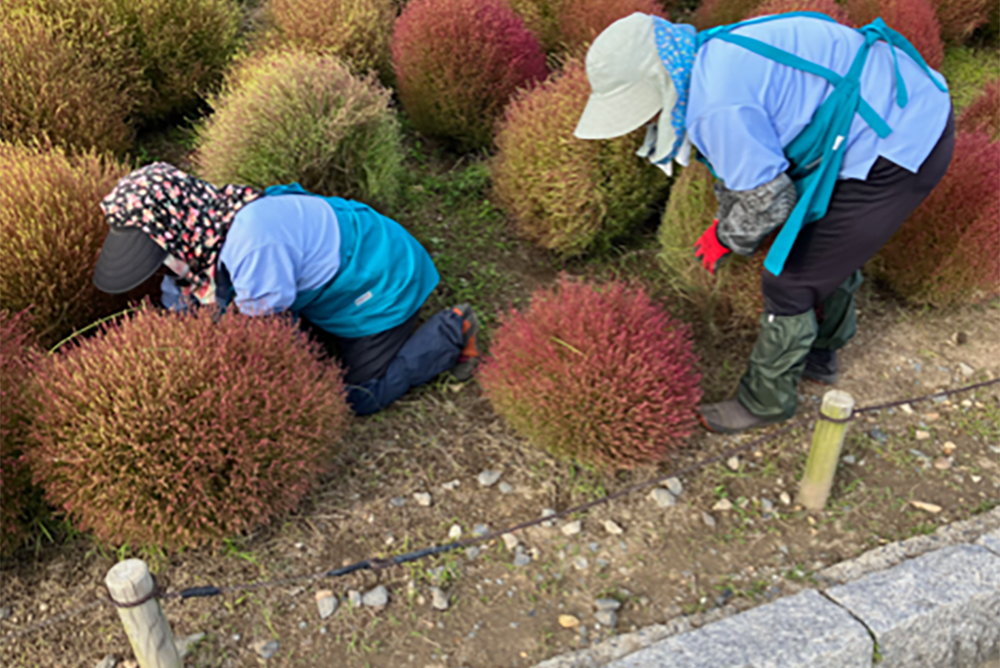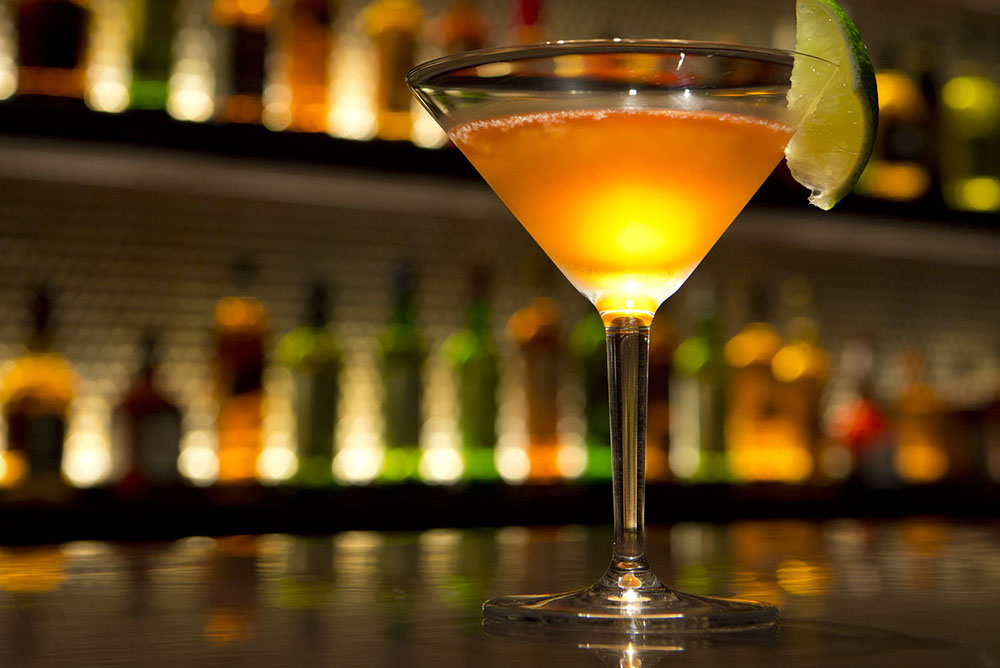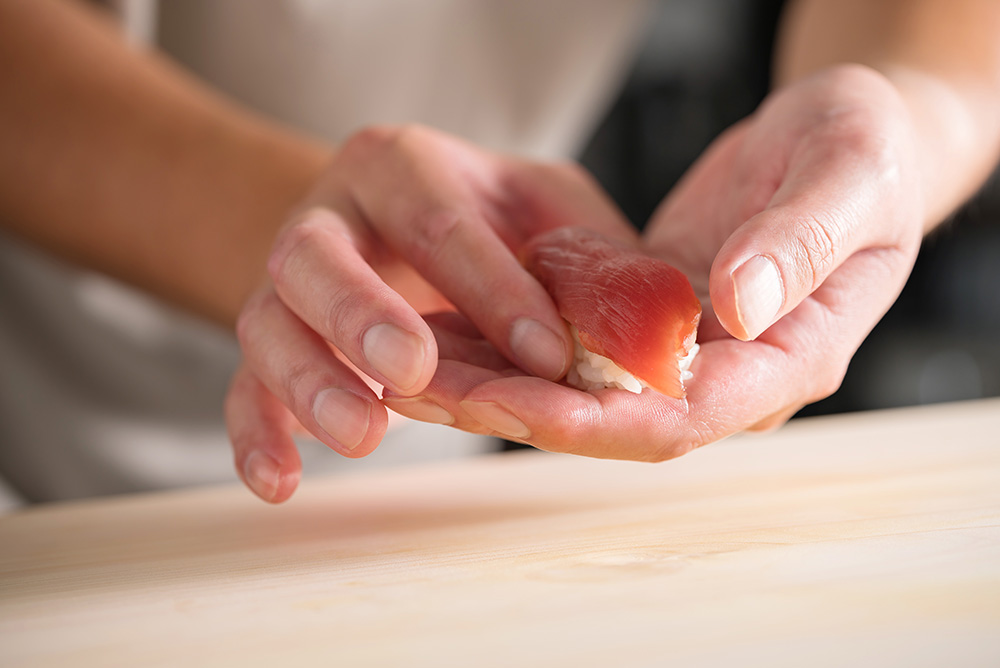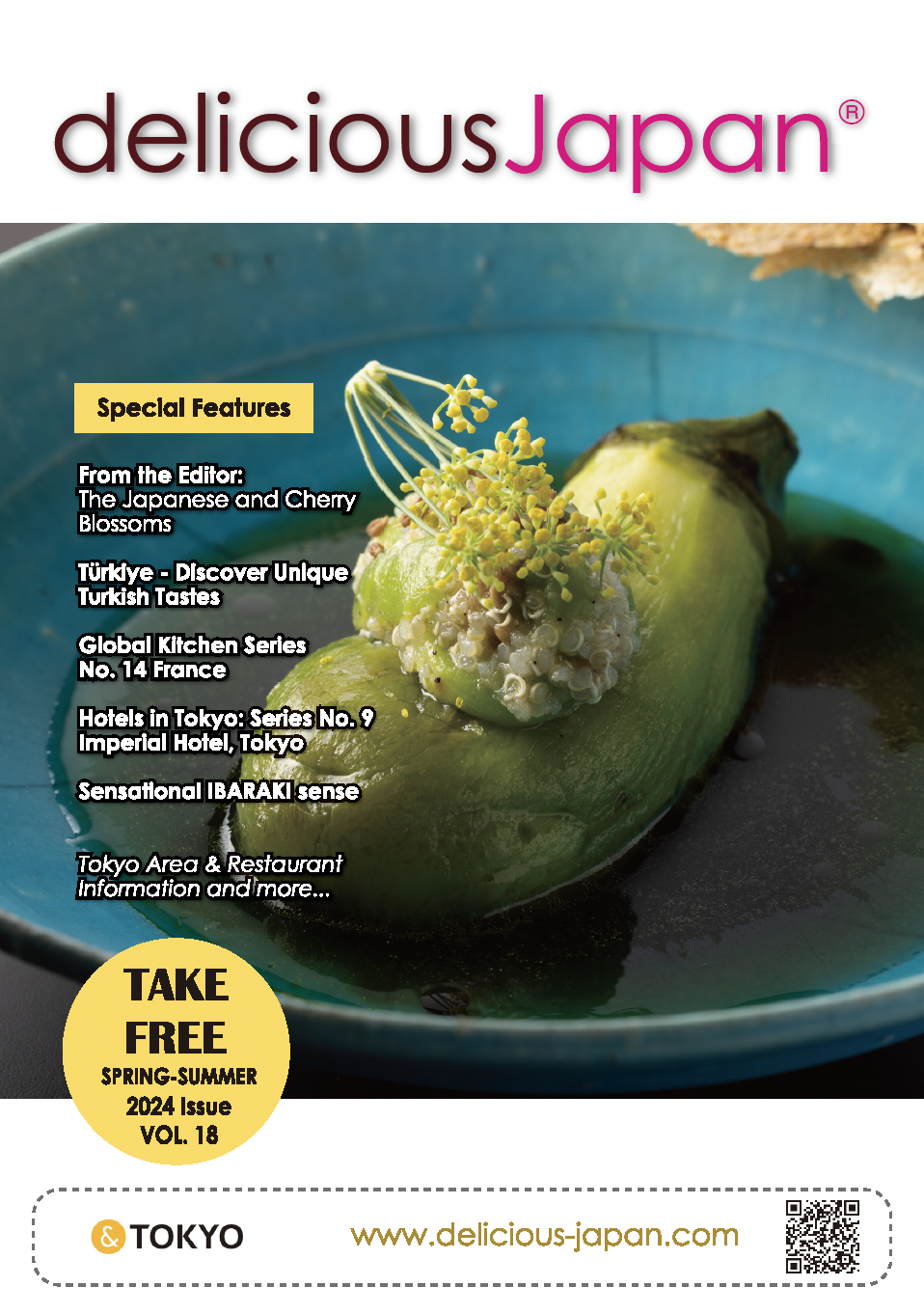
Dynamism and Diversity of Japan’s Food -From Takoyaki To Kaiseki
Tokyo, the "City of Gourmet"
The American “Food & Wine Magazine,” famous for rating the most advanced cuisine and lively dining, selected Tokyo as the top “city for the gourmet” two years running, in 2008 and 2009. The reasons were the abundance of innovative restaurants and the excellence of the ingredients used. The magazine’s travel editor Jen Murphy commented that “Tokyo is solidly a ‘city for food’”. She went on to say that “Tokyo is a place where chefs go to look for innovation, but at the same time it also has a history of traditional food”, and rated the city as having an overwhelming lead.
Tokyo has already been selected as a “city for the gourmet” for over five years, and overseas assessments of Japanese food continue to soar. In December 2013 , “Washoku, traditional dietary cultures of the Japanese” was registered by UNESCO as an intangible cultural asset. The lengthy north- south extent of the land of Japan, and the expressive extent of nature through seas, mountains, and villages, means that diverse ingredients with local roots are used in each part of the country. That diversity of ingredients has been accompanied by the development of preparation techniques and utensils to make the most of their flavors. The style of Japanese meals, based on soup and three side dishes, served withrice, is said to have an ideal nutritional balance, and the skillful use of umami achieves a diet with little animal fat, which is known to help Japanese people live long and resist obesity.
The selection of Tokyo as the host for the 2020 Olympics has given a further boost to interest in Japanese food among foreigners visiting Japan. Over 1 3 million people visited Japan in 2014, and the country aims to welcome 20 million in 2020. Six out of ten foreigners visiting Japan list experiencing Japanese food as one of their greatest interests in Japan. From takoyaki (battered octopus balls), as Japan’s fast food, to kaiseki, which is Japan’s authentic ancient multi-course cuisine, Japan’s food is starting to attract the passionate attention of the world.
There’s something we want all friends from abroad to visit: The basement food stores of department stores, popularly known as "depachika". These basement food stores are the liveliest parts of department stores, and a treasure chest of foods gathered from around the world. The stores bring together the specialty foods of all parts of Japan and of the world, and they are an excellent place to nibble on excellent wares and delicacies while staying in one place.





